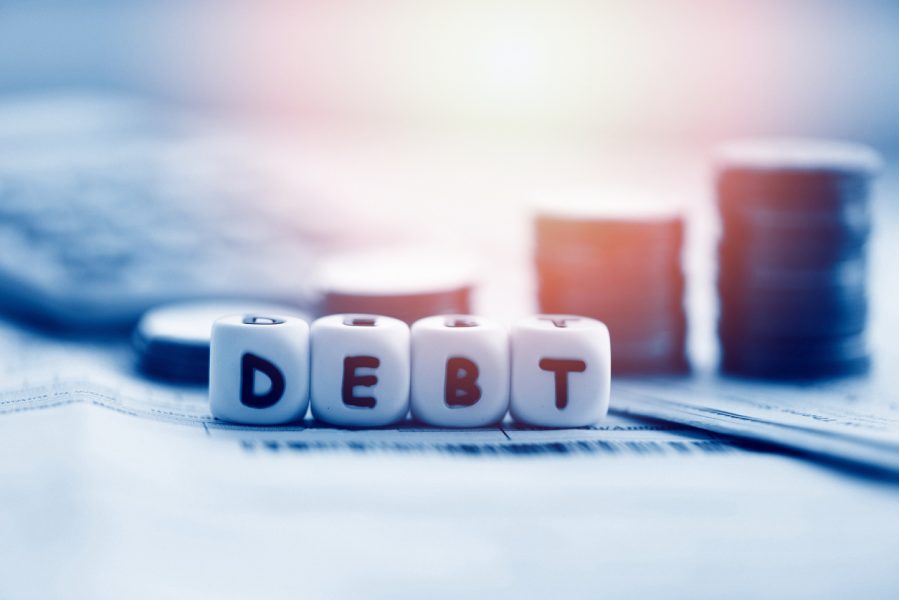
To lower debt, TN needs 14% growth, 2% fiscal deficit: Study

Tamil Nadu will be able to lower its public debt only if the fiscal deficit is brought down to 2 per cent of the Gross State Domestic Product (GSDP) from 2023-24 onward, a working paper published by the Madras School of Economics (MSE) has said. Fiscal deficit is the difference between a government’s earning and expenditure.
According to the paper, fiscal deficit can be lowered through revenue augmentation or expenditure containment, or both. Revenue augmentation within the limited scope of the state is possible through better tax compliance, revision of tax on transport (motor vehicle), and by augmenting non-tax revenues, said the paper authored by MSE director K R Shanmugam and former chief secretary K Shanmugam, who also served as the finance secretary for nine years.
Also read: Debt recovery: Thugs are problematic; Grameen Bank model is more feasible
At the beginning of the current financial year, the state government projected the fiscal deficit to be at 3.17 per cent for 2023-24. Though the current level of debt-GSDP (which is estimated to be 26.29 per cent for 2022-23) is within the limit set by the Fifteenth Finance Commission, considering the COVID-19 pandemic, the paper says that the debt level is not sustainable.
Sustainable level of debt
“The debt level is beyond about 18.8 per cent and would lead to growth reduction, which is not good for the state. The sustainable level is 18.36 per cent, which is marginally less than the norm of 20 per cent for the states, as set by the Fiscal Responsibility and Budget Management (FRBM) Review Committee,” said MSE director Shanmugam.
“On the expenditure side, it is inevitable to cut down unproductive subsidies and expenses, besides better targeting of welfare schemes through efficient data management,” says the paper.
The economic growth of the state must be at 14 per cent and the state must aim at a revenue surplus from 2023-24, even while containing its fiscal deficit to 2 per cent, said the paper.
In that case, the sustainable debt level of about 18 per cent would be achieved by 2035-2036. If the state accomplishes 16 per cent growth with the same level of fiscal deficit, the debt level can be reached by 2030-2031.
“A growth rate beyond 16 per cent is a difficult task as it is highly ambitious, given the historical growth path,” said the authors.
Also read: In charts | FM pegs fiscal deficit for 2022-23 at 6.4% of GDP
Analysing the state’s fiscal indicators for 25 years (from 1996-1997 to 2020-2021), the paper explains that the state government’s outstanding debt, which was ₹17,124 crore in 1996-1997, grew to ₹43,915 crore in 2002-2003, after which the Fiscal Responsibility and Budget Management Act came into force in the country.
It further increased to ₹1,11,657 crore in 2011-2012 and ₹5,12,555 crore in 2020-2021. Consequently, the debt relative to the GSDP (the 2011-12 base series) increased from 14.82 per cent in 1996-1997 to 23.13 per cent in 2003-2004. Later, there was a continuous decline and the ratio touched 16.92 per cent in 2011-2012.

